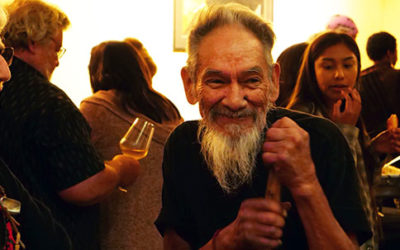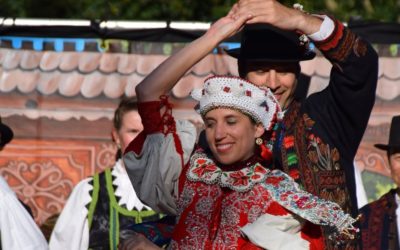Karuk Master Artist Brian D. Tripp Receives California Living Heritage Award
Hungarian folk dance
I am very happy to announce that our weavers are off to a wonderful start. A New Beginning: First set of belts by our weavers before completion. Many completing their first belts and a few beginning their skirts. We have shared the Kalinga traditional…
In case you couldn’t tell by my lack of new blog entries, I’ve been pretty busy lately with my projects. I did want to make a quick update though to let you know about two great new resources that should have aspiring lion dance artists jumping up and down proclaiming…
For many diaspora communities, musical expressions can be one of the artifacts that captures change, influences, innovations, or even the possibility of remaining static. What happens to these musical expressions over time and through generations, is exemplified by the klezmer musicians of Veretski Pass who, as American Jews of…
Join us in sharing your stories about National Heritage Fellows as we continue to document the far-reaching meaning and impact of this vital National Endowment for the Arts program. Please take this quick 5-minute survey to tell us about an experience you’ve had with a fellow…
As we begin 2013 in the West, the Year of the Water Snake (4711) is rapidly approaching. Along with that will be lots of lion dance performances, including many at night or in other low-light conditions. So how do you make sure your lions are ready? By installing lights of…
As the New Year brings hope for new possibilities, the Indian arts and the traditional arts communities were met with the sad news of master artist Lakshmi Shankar’s passing. Ms. Shankar was regarded as one of the most important figures in North Indian Classical (Hindustani)…
Friends of ACTA, In our last The New Moon we shared with you that in partnership with two master artists and one apprentice, ACTA is raising funds to support our Apprenticeship Program. Thank you to the 33 generous supporters who have made…
Dear Friends, Master musician Bounxeung Synanonh was only fifteen when he first picked up the kaen, a free-reed mouth organ made from varied lengths of bamboo lined with copper. Despite that he was blind, he learned to play from his uncle and other village elders, relying on his ear…


